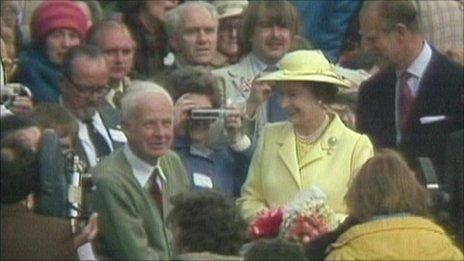Humber Bridge marks 40th anniversary
- Published
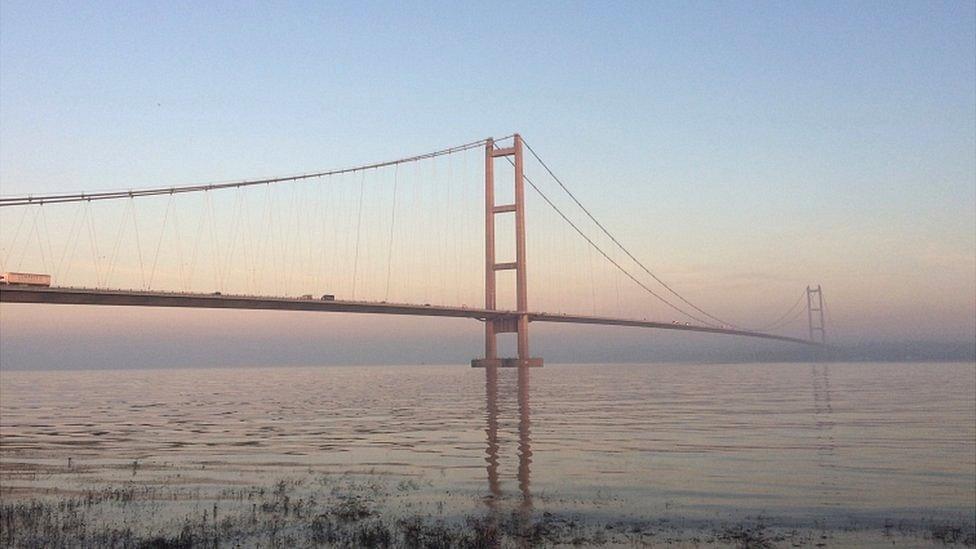
Ian Lancaster said "some called it a 'bridge to nowhere' but I would never say that"
Born of a political promise during a by-election campaign, the Humber Bridge was dubbed an expensive mistake during its lengthy construction but has been lauded as one of the planet's "monumental locations" since it opened 40 years ago.
The 1.4 mile-long (2.2km) suspension bridge near Hessle was opened on 24 June 1981. Large lines of cars built up as motorists queued all night to be among the first to make the crossing over the broad estuary between East Yorkshire and North Lincolnshire. For years, a British Rail-run ferry was the only way to cross the choppy waters from Hull to New Holland.
Malcolm Stockwell, bridgemaster at the time of the grand opening, said those in charge didn't know what to expect, or how much traffic would turn up.
It had taken 15 years to reach this moment. The new crossing linked "two fairly distinct camps in this part of the world", Mr Stockwell says. For many years people had talked about uniting the two sides of the estuary and schemes for crossing or tunnelling under the Humber had been proposed since the late 1800s. But none were realised due to the difficult local geology. The Humber Bridge Board was established in 1959 but no work began under its early watch.
An irreversible course was set when Labour's Barbara Castle, then Minister for Transport, announced during campaigning for the highly marginal 1966 Hull North by-election that the bridge would be built. Politicians believed it would be a vote-winner. In the end, whether or not it was the "bridge what won it", a Labour MP was voted in.

Peter Johnson said: "For a long time it seemed the northern tower stood in splendid isolation"
The Humber would be the last major estuary in the UK to get such a crossing by the time work finally started in 1972. At the peak of its construction, more than 1,000 workers toiled at the bridge site, often dealing with difficult ground conditions and the exposed location.
Ian Lancaster, now 56, fondly remembers visiting the construction site in his youth.
"Every Sunday morning me and my brother and dad used to ride up to Hessle. We started to go up when it was just a hole in the ground," he says.
"And then we watched the towers going up. We made a day of it. I absolutely loved it.
"Unfortunately my dad died before it was finished and he never saw it open."

The same thin cable was spun back and forth about 15,000 times to provide the suspension wire's strength
Peter Johnson, now 62, also remembers watching the bridge take shape as a teenager. "I used to think: 'Have they run out of money?" he says, remembering the slow pace of its progress.
The question exercised him enough to inspire his university dissertation, which asked: "Was the bridge worthwhile, who would use it and did it warrant the money?"
Economics have always stalked the structure - a toll bridge - which had gone over-budget by the time it was completed, costing about £90m in the end.
Despite relatively expensive charges for each passage, the revenue alone could not cover the debt and interest, which had reached a total of £330m by 2011.
The government agreed to clear £150m, and tolls were then halved to £1.50 for cars.
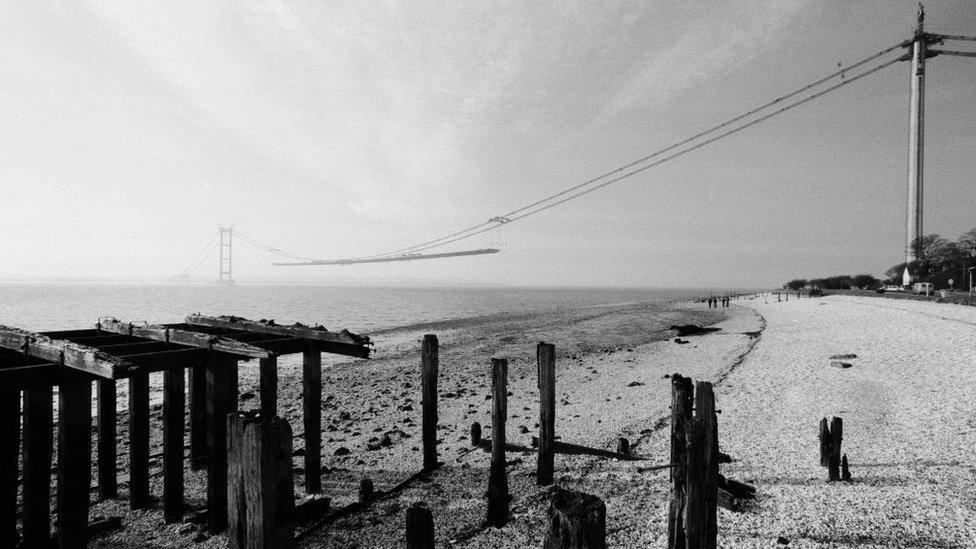
The roadway was built by lifting each section weighing about 140 tonnes into place from the river
Even before it opened, Mr Johnson remembers "there were a lot of differing views in the press over whether it was a 'road to nowhere'."
"There are those that would say if you look at it clinically it hasn't been cost-effective, it has not become a fundamental part of the national transport infrastructure, especially as some promised motorway in the east of the country, like the M11 extension, never happened," he says.
"But as a person from Hull I love the bridge and it has been good for the immediate population."
David Hooper, Hull and Humber Chamber of Commerce, agrees the link has "transformed the region" and become a "huge asset to the economy" by freeing up the workforce for jobs in the renewables industry on both banks of the Humber.
"It has brought a health benefit too, helping people on the south bank to cross to Hull for hospital treatment or to visit poorly relatives," he says. "It would be nice to see tolls reduced even further and for the government to again reduce the debt burden on the bridge."
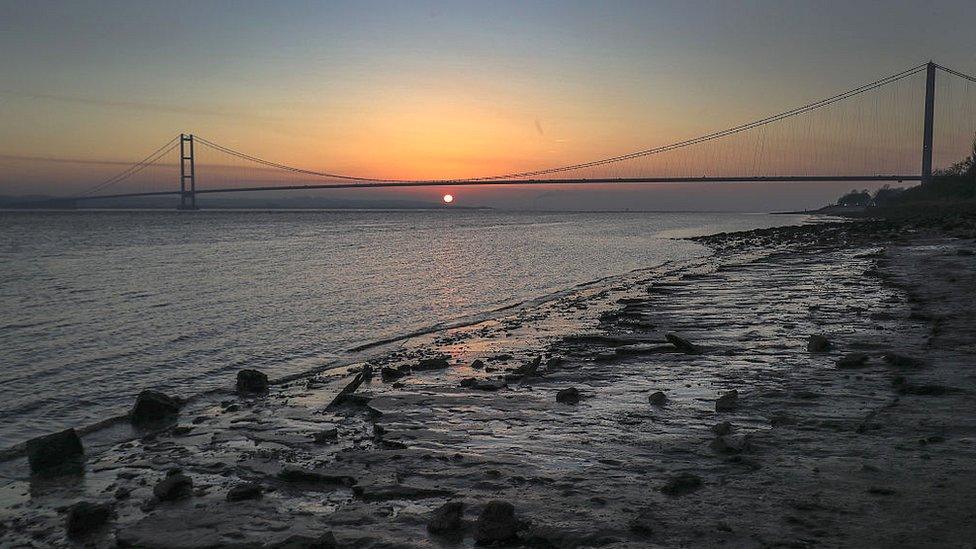
The structure was awarded Grade I listed status in 2017
Despite complaints over its cost, and continuing arguments over the price of crossings, the bridge has become a symbol of the area and a celebrated feat of engineering. Once thought of as a distant dream, it outlasted the unloved and ultimately rejected Humberside county, created in 1974 but ditched in 1996. And it has been immortalised by poet laureate Simon Armitage, who described it as "one of those monumental locations on the surface of the planet... a landmark in every sense of the word".
For Ian Lancaster, who remembers watching the bridge being built, his affection is more modest, but no less sincere.
"I would never think it was a waste of money," he says. "When you come round the bend in the A63 heading to Hull and finally see it, I think: 'I am home'".

Follow BBC Yorkshire on Facebook, external, Twitter, external and Instagram, external. Send your story ideas to yorkslincs.news@bbc.co.uk, external.
Related topics
- Published3 December 2020
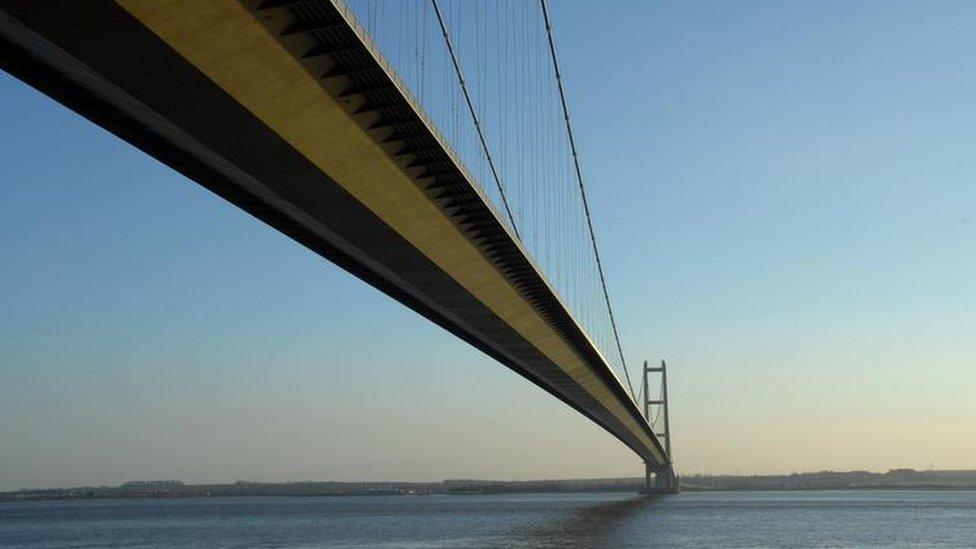
- Published19 January 2018

- Published17 July 2017
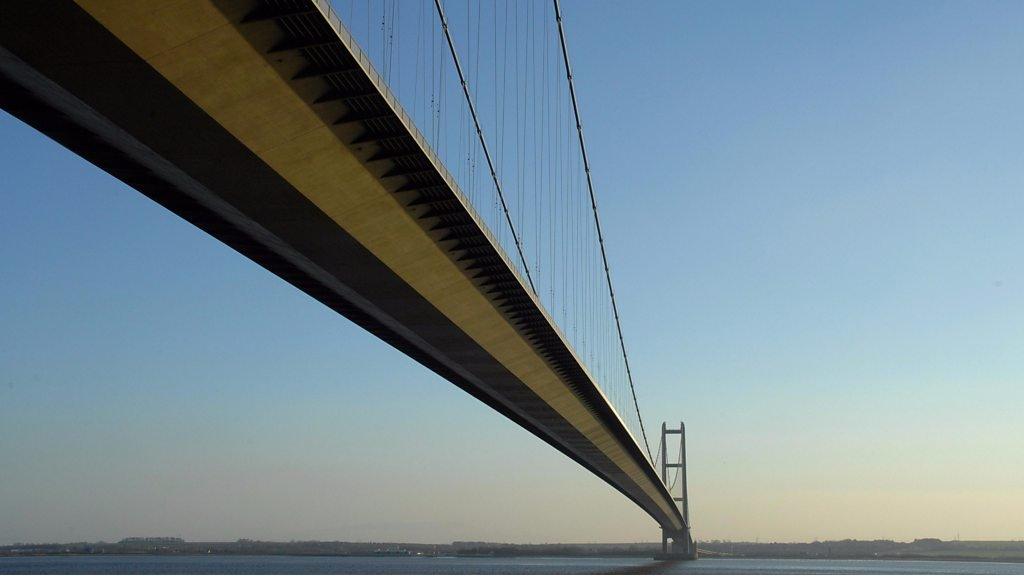
- Published16 May 2017
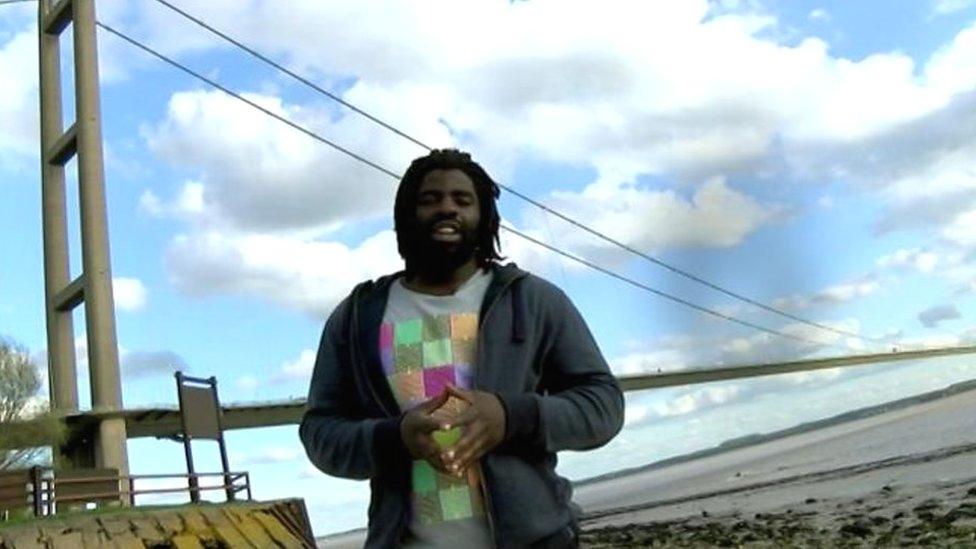
- Published17 July 2011
